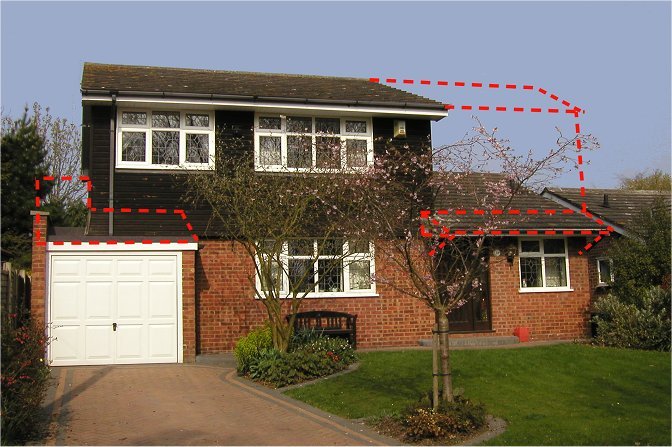7 October 2013
From the end of September new planning rules for building housing extensions were introduced in Wales.
[caption id="attachment_756" align="alignright" width="300"] Photo by exfordy via Flikr. Licensed under Creative Commons.[/caption]
Photo by exfordy via Flikr. Licensed under Creative Commons.[/caption]
The Town and Country (General Permitted Development) (Amendment) (Wales) Order 2013 will according to the Welsh Government:
-
Provide householders with greater flexibility to make improvements and alterations to their homes
- Move away from volume thresholds towards an impact assessment based approach for permitted development
The new rules change the definitions for what is considered to be ‘permitted development’ for existing houses. Permitted development is development that can proceed without the need to apply for planning permission.
Broadly similar changes were introduced in England in 2008 – however there are a few differences in some of the details for the new Welsh rules. Some of these deal with unintended consequences of the 2008 changes in England. But there are a small number of other changes where the new Welsh legislation is either more or less restrictive than in England. For example some two-storey side extensions are permitted in Wales that would still require planning permission in England.
The Welsh Government has published an updated Planning Guide for householders explaining the new rules as well as more detailed Technical Guidance on permitted development for householders.
Meanwhile further changes to household ‘permitted development’ rights were introduced in England only in May 2013. These changes were introduced alongside a range of other measures, including allowing some changes of use from offices to homes in certain areas.
The Town and Country Planning (General Permitted Development) (Amendment) (England) Order 2013 allows larger single storey rear extensions with a length up to 6 metres for attached houses or 8 metres for detached houses to be built without planning permission initially during a 3 year period up to the end of May 2016, in most areas. The UK Government has introduced this measure to help stimulate the construction industry and
"to remove excessive red tape on uncontentious, small-scale extensions".
However because of concerns that were raised in Parliament about the potential impact of these changes on the ‘amenity’ of neighbours, the new rules in England were amended to also require anyone proposing a large house extension to notify their local authority before starting works. There is no fee involved in the notification process. The local authority then has to consult the immediately adjoining premises, with a minimum consultation period of 21 days. If there are any objections from neighbours then "the prior approval of the local planning authority is required as to the impact of the proposed development on the amenity of any adjoining premises".
The Welsh Government has not to date announced any intention to introduce a similar temporary increase in the size of permitted household extensions in Wales.
Article by: Graham Winter






